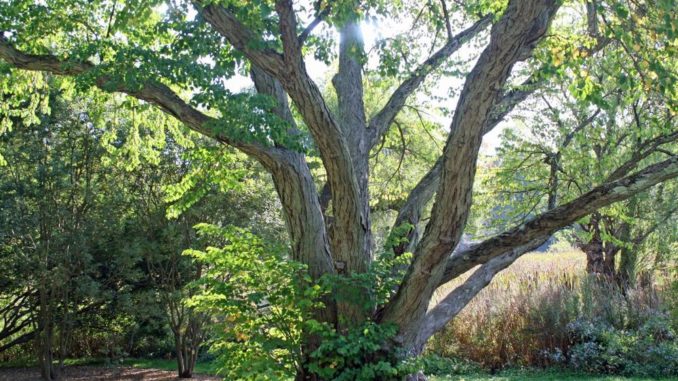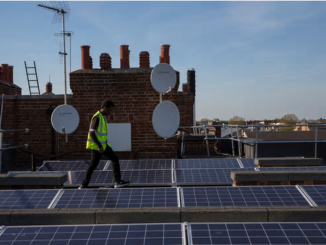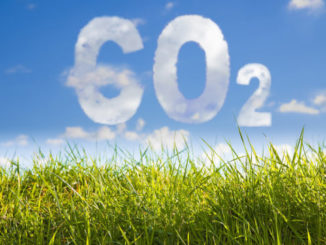
Massachusetts should plant more trees, and stop cutting them down, to help avert the worst consequences of climate change, according to a new study.
Published Wednesday in Science Advances, the study is the most comprehensive to date that quantifies how much greenhouse gas emissions can be mitigated through “natural solutions” like better management of forests, farmlands, fields and wetlands.
The study, published with a web interface showing state-by-state results, found that proper handling of natural resources could effectively remove 1.2 petagrams of atmospheric carbon dioxide each year nationwide, equal to 21 percent of the current net emissions of the United States.
In Massachusetts, the gains could be even greater, says Laura Marx, a forest ecologist for the Nature Conservancy’s Massachusetts chapter, who was not involved in the study.
“Here in Massachusetts right now our forests and lands offset about 15 percent of the carbon emissions that we emit each year,” says Marx. “I think we could easily double that.”
Study co-author Christopher Williams, an environmental scientist and associate professor at Clark University’s Graduate School of Geography, cautions that the country will only reach the 21 percent potential, if officials take concrete action to get there.
“While there is significant interest, it won’t be easy to achieve that full 21 percent,” says Williams. “But it’s still important to recognize that this could be a meaningful part of the solution.”
More than half of Massachusetts is covered by forest, but the state loses about 7,000 acres of forest each year to development, according to a 2017 Harvard study. Better forest management includes curbing deforestation, planting more trees in urban areas, allowing more time between timber harvests to increase carbon storage and strategic thinning in forests to prevent the risk of huge wildfires.
Farming improvements, like cover cropping to store more carbon in soil, could also help.
The study examined 21 natural management practices that could help offset carbon pollution. The hope, says Williams, is that government officials, industry leaders and policy makers will use the scientific analysis to make more informed ecological decisions.
While other studies have quantified the climate benefits of better forest management and farming practices, this report is the first to include other natural areas like fields and wetlands. “One of our opportunities in Massachusetts is our coastal wetlands,” says Marx. “They actually store decades to centuries of carbon in their soils, and if those wetlands are degraded or destroyed all that carbon is released. So it’s really important for us to maintain the water flow in those places and the health of those wetlands.”
Williams says that natural solutions are important, but cautions that they are only part of climate change mitigation. For instance, he found that forest clearing in the lower 48 United States releases about 50 million tons of carbon dioxide each year, the equivalent of only 3 percent of the emissions from electricity use in the United States.
“It’s a small number,” says Williams, but preventing deforestation “is just one of the 21 different pathways, and together this portfolio of solutions achieves a much larger comprehensive approach.
“While this study give us some sense of hope that we could steward our land in a way that could help take a dent out of the climate change problem, it shows that when we put all hands on deck and try to implement all 21 of these pathways, it cannot be the whole solution,” he adds. “It really underscores the need for deep decarbonization of our economy and our way of life.”
Source: http://www.wbur.org/news/2018/11/15/want-to-slow-down-climate-change-plant-a-tree
Visits: 50




Be the first to comment